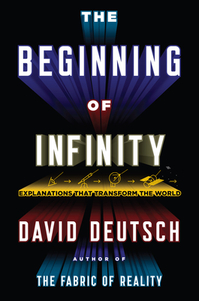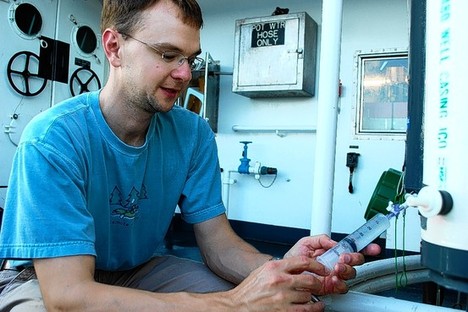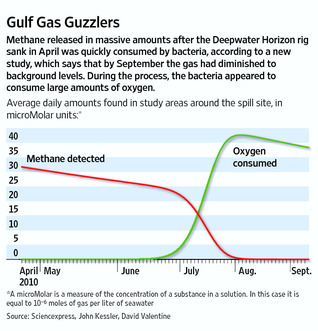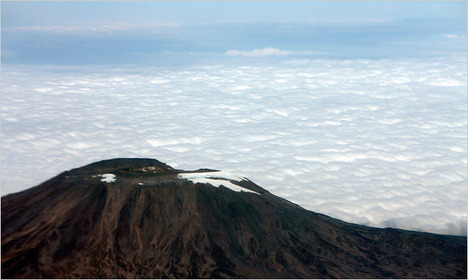(p. A1) Now that the last space shuttle has landed back on Earth, a new generation of space entrepreneurs would like to whip up excitement about the prospect of returning to the Moon.
. . .
(p. A3) “It’s probably the biggest wealth creation opportunity in modern history,” said Barney Pell, a former NASA computer scientist turned entrepreneur and now a co-founder of Moon Express. While Moon Express might initially make money by sending small payloads, the big fortune would come from bringing back platinum and other rare metals, Dr. Pell said.
“Long term, the market is massive, no doubt,” he said. “This is not a question of if. It’s a question of who and when. We hope it’s us and soon.”
Like the aviation prizes that jump-started airplane technology a century ago, the Google Lunar X Prize is meant to rally technologists and entrepreneurs. It is administered by the X Prize Foundation, which handed out $10 million in 2004 to the first private team to build a spacecraft that could carry people 60 miles above the Earth’s surface. (The winner, SpaceShipOne, was built by the aerospace designer Burt Rutan with backing from Paul Allen, the software magnate.)
For the full story, see:
KENNETH CHANG. “In a Private Race to the Moon, Flights of Fancy Are in the Air.” The New York Times (Fri., July 22, 2011): A1 & A3.
(Note: the online version of the story is dated July 21, 2011 and has the title “Race to the Moon Heats Up for Private Firms.”)








